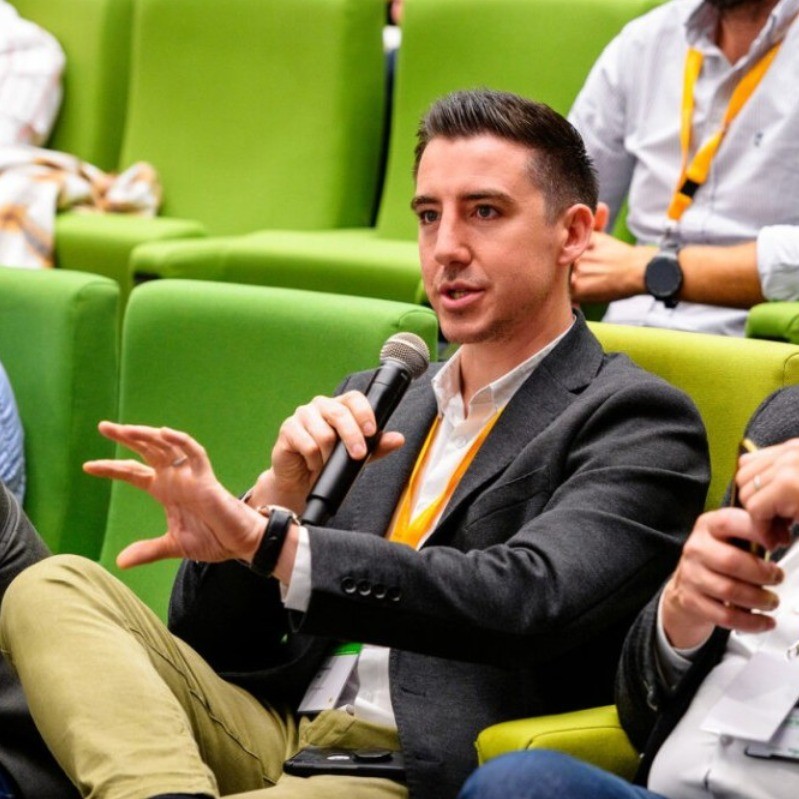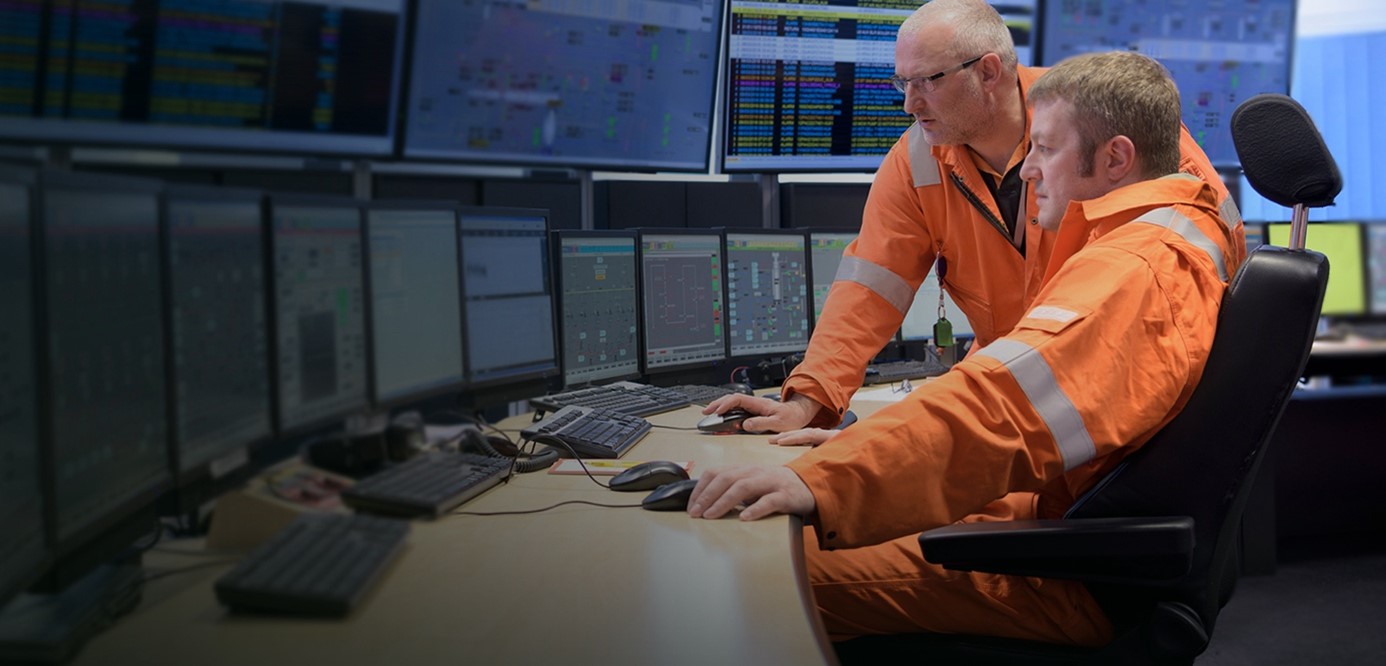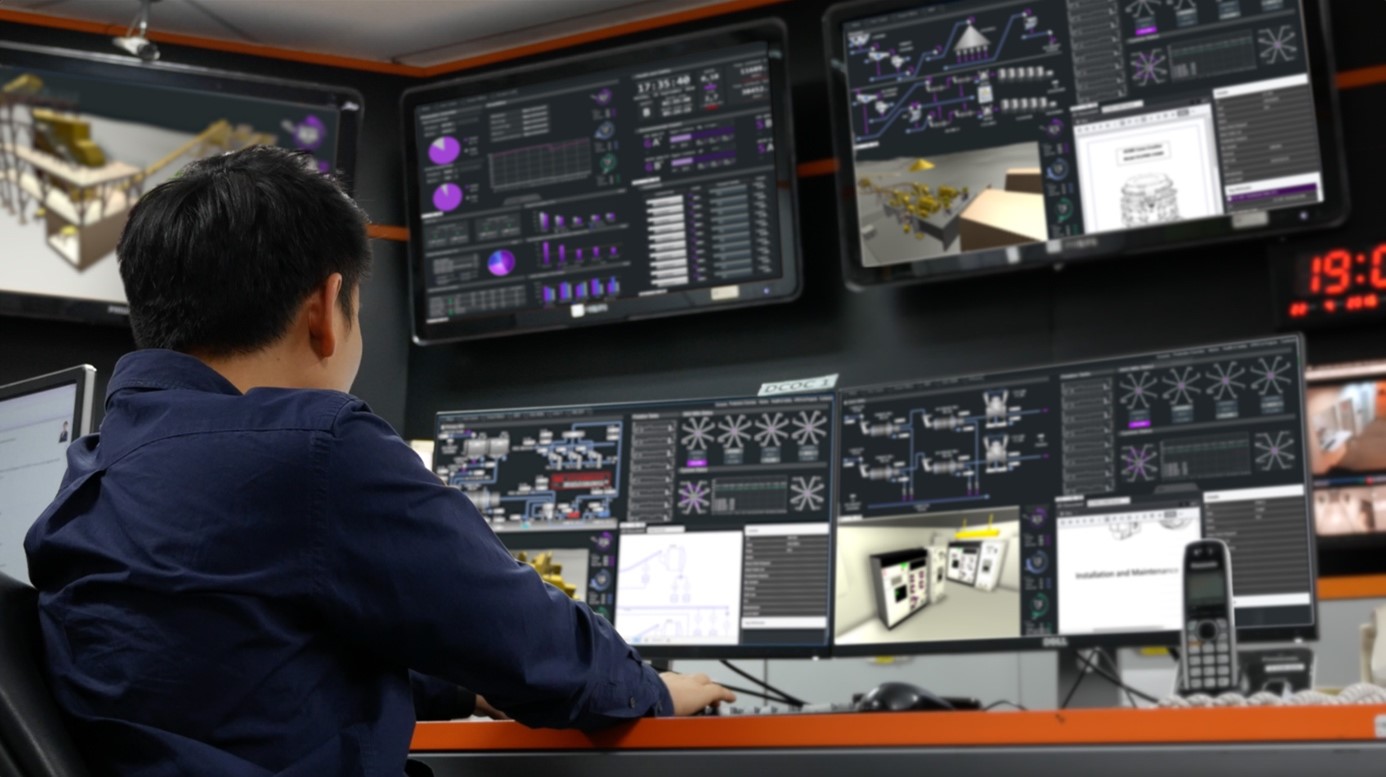GSW: Schneider Electric is a well-known name, but can you take us through its origins and how it has evolved globally?
AR: Schneider Electric started in France, specifically in the eastern part of the country, but it has transformed dramatically over time. Initially, while we had global operations, we were very much a French company. Over the past fifteen years, however, under the leadership of our former CEO Jean-Pascal Tricoire (now Chairman), we have globalized our operations. We moved key executive functions to places like Hong Kong and distributed leadership roles across various international hubs. Today, Schneider Electric operates as a fully global industrial technology company, with manufacturing plants and supply chains spread worldwide. What is fascinating is the uniformity in our approach across different geographies—no matter where you go, you will find the same organizational setup, which ensures consistency in how we serve our customers.
GSW: Let us talk about sustainability, especially in energy management. How does sustainability fit into Schneider Electric’s mission, and how does it drive innovation within the company?
AR: Sustainability is at the heart of everything we do. Our mission is to bridge progress and sustainability for all, which we encapsulate in our commitment, “Life Is On.” This is not just a tagline; it is the foundation of how we operate. We aspire to be an “impact company,” making a positive difference globally. While decarbonization is a major focus, we are equally dedicated to improving access to energy. For example, Schneider has helped millions of people gain access to energy in the past few years. Sustainability has been central to our Environmental, Social, and Governance (ESG) agenda, led both by our former CEO and our current CEO, Peter Herweck.
Our sustainability goals are not just aspirational; they are measurable. We track them using metrics like the Schneider Electric Sustainability Index, which influences key business decisions—from executive compensation to employee incentives. Beyond our internal operations, we leverage the expertise we have developed in decarbonization, automation, and digitalization to help our customers achieve their sustainability goals. For instance, we assist companies in decarbonizing their operations by optimizing energy use and reducing emissions.

Schneider Electric
GSW: You mentioned decarbonization. Could you dive deeper into how Schneider Electric helps industries like steel become more sustainable?
AR: Absolutely. First, we practice what we preach—Schneider Electric has been recognized among the world’s most sustainable companies, and we have committed to achieving net-zero operations ourselves. We are also incorporating more green materials into our technology and packaging. Once we establish these internal successes, we extend that expertise to our customers.
In industries like steel, our focus is on electrification. Schneider has been a leader in power distribution for decades, whether in homes, businesses, or industrial settings like steel mills. Our aim is to help these industries transition to greener processes, like replacing traditional blast furnaces with cleaner technologies such as electric arc furnaces (EAF) and green hydrogen Direct Reduced Iron (DRI). We analyze the energy requirements for these shifts, assess current infrastructure, and recommend solutions if upgrades are necessary. By combining consultancy, technology, and digital transformation, we create customized roadmaps for industries like steel, mining, and cement, helping them achieve their sustainability targets.
GSW: Could you explain Schneider Electric’s EcoStruxure platform and how it connects digitization with sustainability?
AR: EcoStruxure is our open, interoperable architecture designed to bridge operational technology (OT) and IT systems. It starts with connected products that gather data from various assets in a facility, moving up to edge control systems like energy management and automation. The highest layer is the cloud-based software that processes this data to optimize operations. EcoStruxure helps customers gather and use data efficiently across the value chain, from industrial sites to cloud-based software, driving sustainability and efficiency. We have also invested in Aveva, which manages everything from 3D digital twin models in the design phase to asset management in the operational phase, ensuring seamless integration throughout the product lifecycle.
GSW: How does Aveva enhance the EcoStruxure platform?
AR: Aveva supports the industrial metaverse of software, offering solutions from the design of plants using digital twins and P&ID models to executing and running operations. This means Aveva allows companies to compare real-time plant operations with their design expectations, helping them optimize performance. It covers areas like advanced process control, asset performance management, and operator training. This integration from design to operation helps our customers drive sustainability and efficiency through digitization.
GSW: Schneider Electric serves a variety of industries. What makes your approach unique across different sectors?
AR: Our approach is tailored to the specific needs of each industry, whether it is mining, metals, data centers, or food and beverage. Each sector comes with its own unique challenges, and we bring specialized expertise to help them meet their goals. For example, in the mining and metals industry, there is growing pressure to decarbonize, and we are seeing more companies move from discussing sustainability strategies to actually implementing them. We focus on optimizing projects for these industries by helping them access cleaner energy, improve operational efficiency, and ultimately enhance ROI (return on investment). Our solutions are holistic, meaning we look at the entire operation to find new ways to enhance efficiency and sustainability.

GSW: Partnerships seem to play a key role in driving innovation. How does Schneider Electric approach partnerships, especially in the steel industry?
AR: Steel is crucial to infrastructure—everything from bridges to wind turbines relies on it. However, the industry faces major challenges due to its carbon- and energy-intensive nature, which has limited investment in some regions. While the pathways to decarbonize steel are understood, the challenge lies in securing the necessary investments and renewable energy supplies. For example, the availability of low-cost green hydrogen and renewable energy varies by region, and many steel producers need government support to make the transition feasible. Schneider Electric’s role is to optimize their operations—whether it is a new project or upgrading an existing facility—to improve their business case and ease the transition to green steel.
GSW: What are the key obstacles slowing down the transition to green steel?
AR: The biggest challenge is securing the large investments required to modernize the industry. Another key hurdle is access to renewable energy or green hydrogen at competitive prices, which is vital for lowering emissions. In regions like Germany, for instance, the limited availability of affordable green hydrogen is a significant bottleneck. These external factors are why many steel producers rely on government subsidies to bridge the gap between traditional and green steel production.
GSW: Schneider Electric has committed to sourcing low-carbon steel and responsible sourcing. How do you demonstrate this commitment through partnerships?
AR: We are deeply committed to responsible sourcing and have partnered with companies like Glencore for sustainably produced copper and ArcelorMittal for X-Carb low-carbon steel. These partnerships show our dedication to supporting the energy transition and ensuring that our sourcing practices align with our sustainability goals.
GSW: Speaking of sourcing, can you elaborate on the importance of traceability in the supply chain?
AR: Traceability is critical, especially when it comes to responsible sourcing. Achieving proper traceability requires digitization. By digitizing the supply chain, we can create a “digital passport” for products, tracking their journey from raw materials to the end customer. This transparency is key for companies to meet regulatory standards and fulfill customer expectations for sustainability. We are working on solutions that enable companies to fully digitize and track their products throughout the supply chain.
GSW: Before we conclude, is there anything else you would like to highlight about Schneider Electric’s mission or technology?
AR: I would like to emphasize the strong ethical foundation that guides Schneider Electric. We are committed to helping industries decarbonize and operate more sustainably. What excites me is seeing real progress in industries like mining and steel, where companies are starting to take meaningful steps toward decarbonization. Ultimately, we are well-positioned to support our clients on their journey toward decarbonization and better outcomes.


